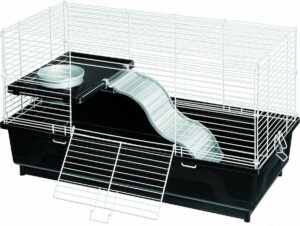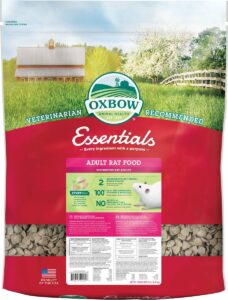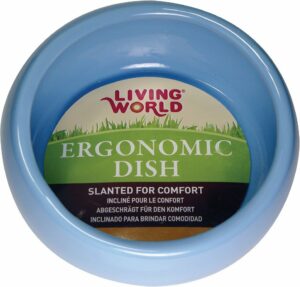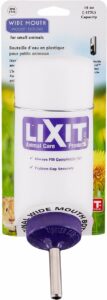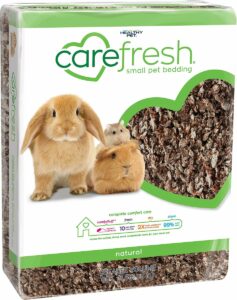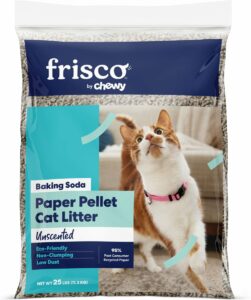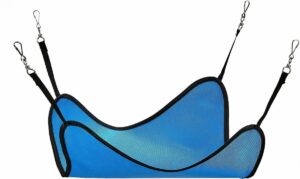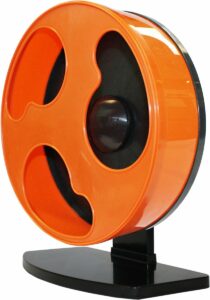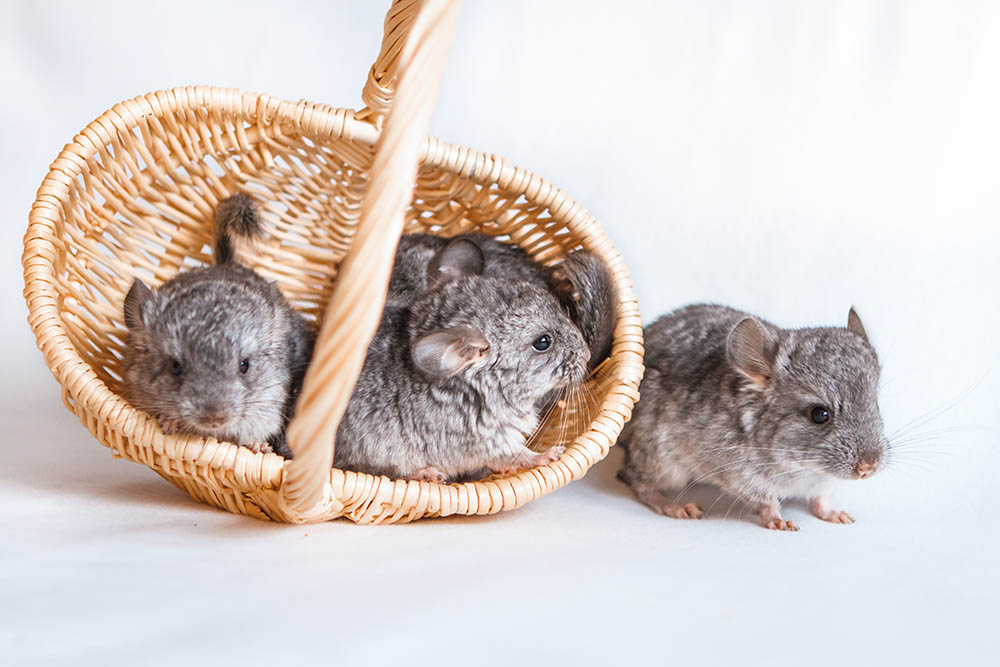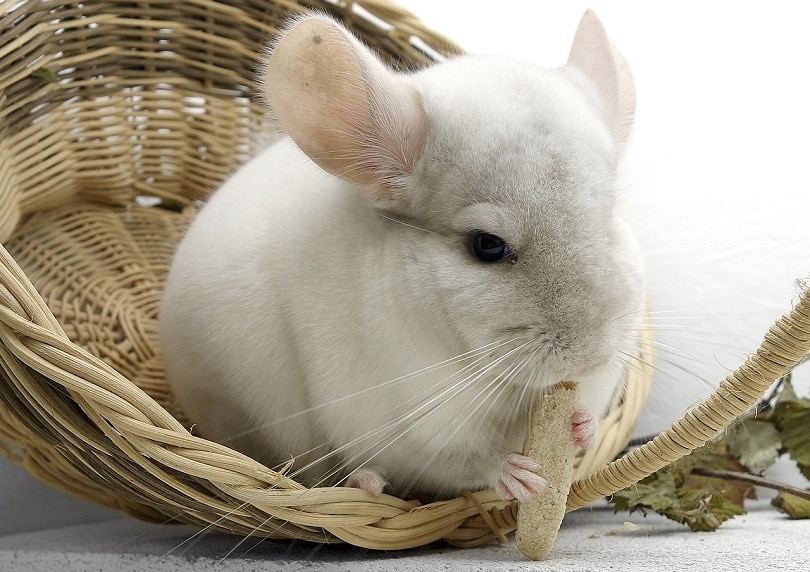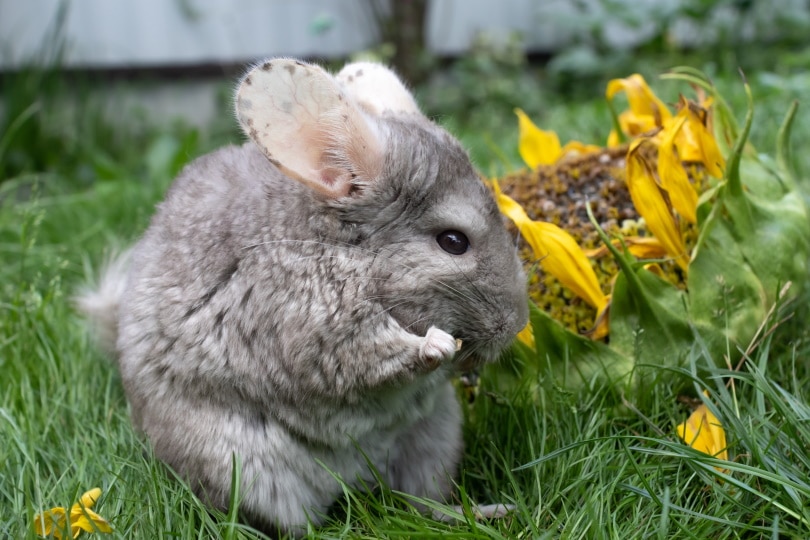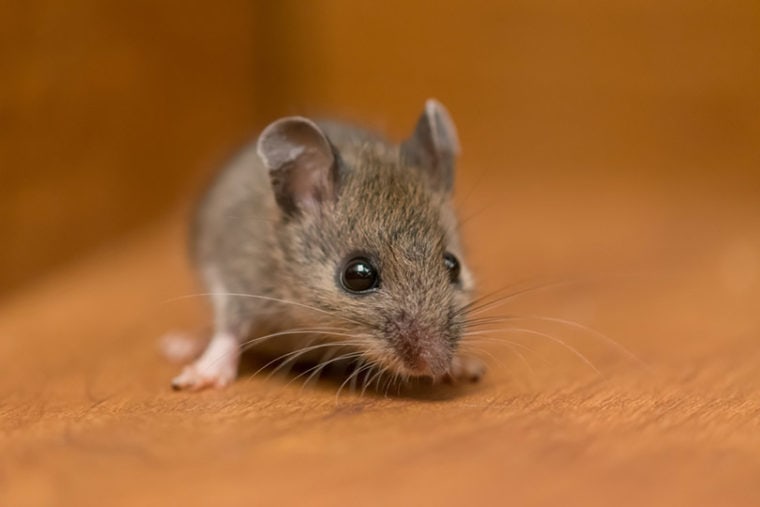
Click to Skip Ahead
Every day, more owners discover the joy of fancy rats. These rodents are smart, curious, and friendly—they make the perfect small pet for many owners. But if you’re getting your first rat, picking the right equipment can be intimidating.
A great setup will keep your rat healthy and entertained, but picking the wrong essentials can lead to miserable rats. Here are the essential types of purchases you’ll need, plus a few of our top picks in each category.
The Essential Pet Rat Supplies
Housing
1. A Cage
Your most important choice to make is your rat’s home. The right cage will give your rat plenty of room to play and explore, with space for everything else your rat needs. Each rat needs at least two cubic feet of space—so if you want more than one rat, plan for a bigger cage.
The best cages for rats aren’t all-wire cages. Instead, look for a cage with solid plastic or metal floors. Wire floors can hurt your rat’s paws and increase the risk of infection and injury. Solid, water-resistant flooring will make cleaning easier.
Food and Nutrition
2. Food
You’ll need to give your rat healthy, nutritious food to keep them going all day. Rats are omnivores so need rat specific food. Rat food usually comes in pellet form and will provide a balanced diet for rats of all ages. Rats need the right balance of protein,fat and fiber in their diet with ingredients like whole grains, fruits, and veggies. You can supplement this diet with fresh food treats like broccoli, kale, carrots, apples, and bananas to keep your rat’s diet interesting. Rats eat mostly in the morning and evening so offering food twice a day at these times fits with their natural instincts.
3. Food Dish
A few owners prefer to let their rats “forage” for food, but if you’re new to keeping rats, a dedicated food dish makes it much easier to control your rat’s food intake and keep your cage clean and safe. Rats love to chew and tip over cheap plastic dishes, so a sturdy bowl is essential. We recommend a ceramic bowl as metal bowls produce high pitched noises when touched which can be stressful for rats.
4. Water bottle
Rats usually do best with a drinking bottle that attaches to the outside of the cage. A good bottle will be easy to clean and care for so that you can refill it regularly. If it starts to get murky or dirty, wash it with gentle dish soap and rinse well before replacing it. If you use a water bottle that hangs inside the cage, it is best to stick with a glass bottle—plastic ones are likely to be chewed. You can also add water bowls to your cage but be prepared for splashy messes.
Bedding Materials
5. Substrate
Substrate is the filler layer at the bottom of cages that keeps your rats’ feet clean and gives them something soft to dig into. You want to find bedding that is unscented, dust-free, and free of any sharp edges that might poke or cut. A thick layer of bedding is ideal—at least three inches—and it will need regular changing out as it gets dirty. Sawdust was once the product of choice, but many low-quality products are dusty or splintery, so we recommend paper bedding instead.
6. Nesting Materials
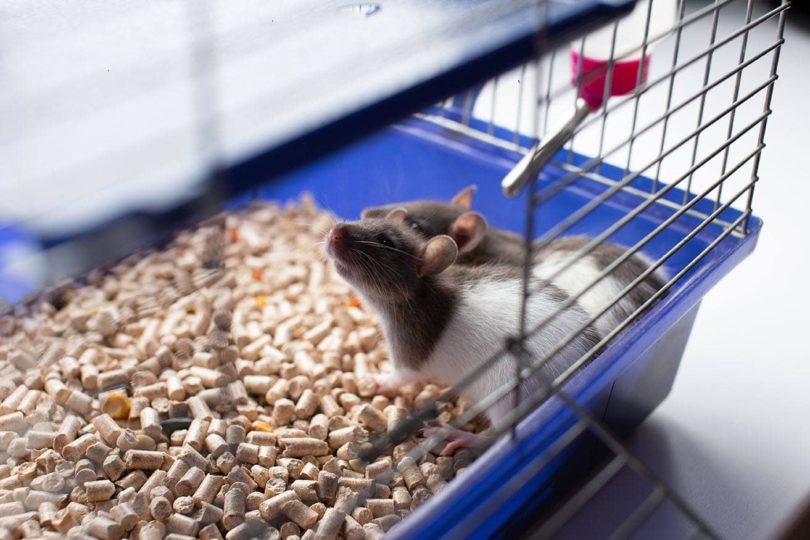
Along with basic substrate, rats will also appreciate having some nesting materials of their own to fill out their sleeping space. These materials will let rats construct cozy spaces where they feel safe. You don’t need to buy specialized nesting materials—bits of newspaper, hay, paper towels, and scraps of fleece are all good options. These should be much bigger than the substrate—at least a few inches long. Avoid materials that can become wrapped around their feet such as cotton wool.
7. Litter Trays
Rats are cleaner than many small pets, and if you give your rat a designated litter space, many rats will take to it right away. That saves you time and money on cleaning—your substrate will last longer. If your rat doesn’t get a litter box right off, you can usually litter train your rat without too much trouble. This is especially essential if you want your rat to have free-roaming time outside the cage.
8. Litter
Along with litter trays, you need litter for your rats. The exact litter you use doesn’t matter too much as long as it is different from your normal substrate. You can use a different style of substrate or an unscented, dust-free cat litter. We love paper litter pellets—they seem to work well for many rats and won’t get used as nesting material.
Other Cage Furniture
9. Sleeping furniture
Rats love hiding away to sleep and rest, and there are tons of different baskets, hideaways, igloos, and hammocks available for your rat. Finding out what works best for yours will require some experimentation, and many rats will prefer a variety of sleeping options. We suggest starting with one hammock and one hideaway-style bed and going from there.
10. Toys and Exercise Furniture
Along with all the other important equipment, you need to keep your rat entertained and engaged. Toys and exercise furniture will help your rat stay happy and healthy—they’re not just for fun. We recommend that every rat cage have a sturdy, non-wire exercise wheel for running.
Along with a wheel, you can use a variety of small toys that might get changed out or rearranged regularly—balls, rope toys, ladders, and other interesting things for your rats to explore. You can think outside the box here, repurposing household objects, bird toys, and other bits and pieces to keep your rats entertained. Just make sure that whatever you put in there is safe to chew and climb on.
Conclusion
Getting a rat takes a little setup, but lots of rat equipment is a one-time purchase or will last you a long time. Once you have a good rat habitat figured out, your rat will have a safe home with all the basics covered. We hope these picks will help you get started.
Featured Image Credit: MainelyPhotos, Shutterstock


